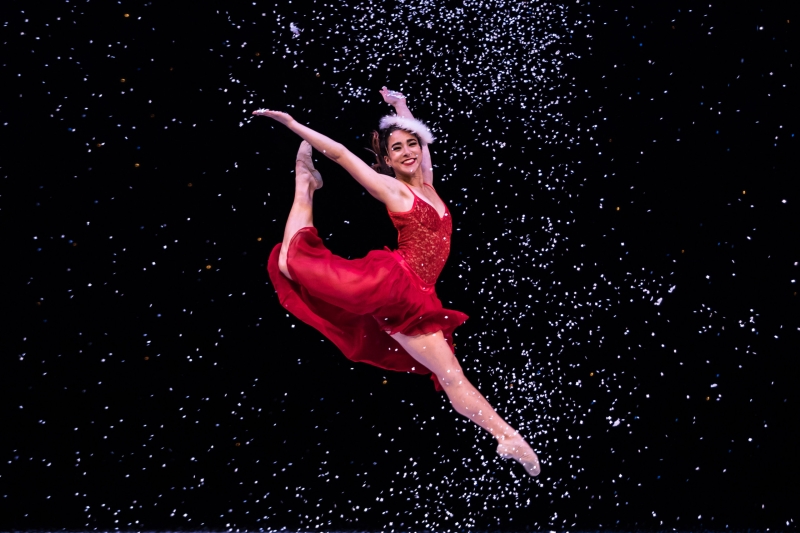Interview: Mengjun Chen & Tess Lane of Smuin Contemporary Ballet in Celebration of AAPI Heritage Month
The two marvelously gifted dancers exemplify the wealth of AAPI talent in the Bay Area.
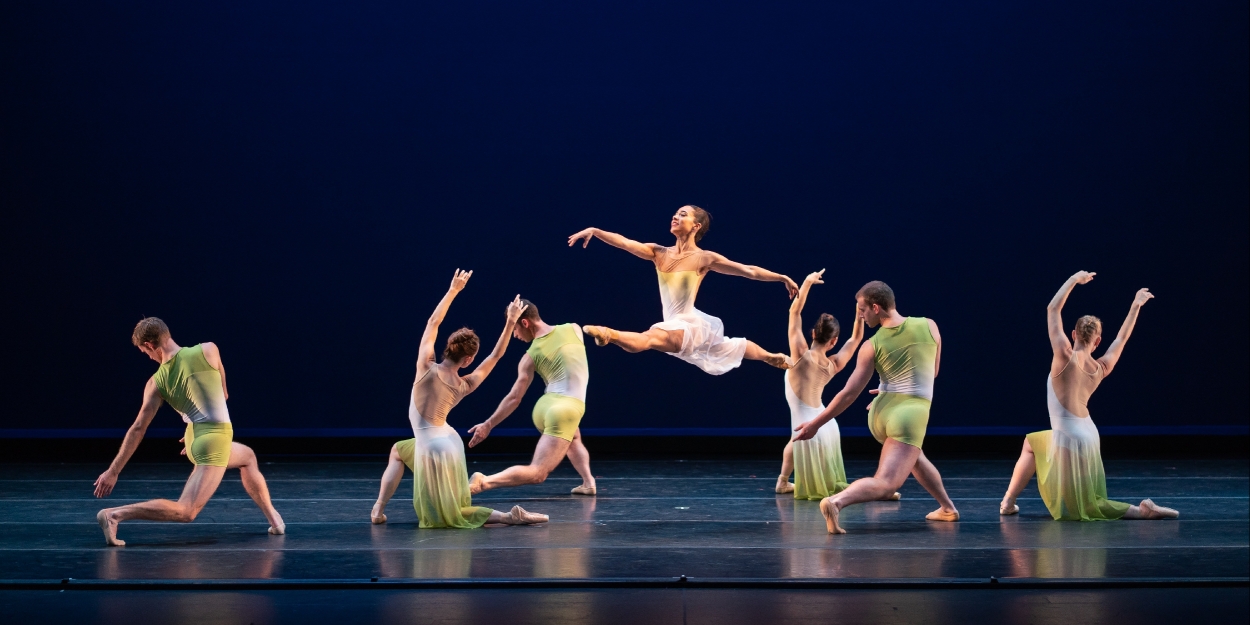
The San Francisco Bay Area is fortunate to have such a wealth of talented artists of Asian descent working in the performing arts. In celebration of Asian American and Pacific Islander (AAPI) Heritage Month, I recently checked in with two such artists, Mengjun Chen and Tess Lane, who are both dancers with Smuin Contemporary Ballet. Though they hail from vastly different backgrounds, they do have some commonalities as mid-career dancers who have managed to thrive in the supremely challenging artform of ballet. I had the pleasure of speaking with them last week in two separate conversations while they were in the midst of a two-week run of Smuin Contemporary Ballet's Dance Series 2 program at the Cowell Theatre before moving on to other Bay Area venues for the remainder of May. Smuin is known for giving its dancers a lot of performance opportunities, and this month has been no exception.
In conversation, Chen and Lane make for an interesting study in contrasts. Chen is chatty and vivacious while Lane is more measured and thoughtful, yet they share some striking similarities. Both were advised early on by well-meaning teachers that a career as a ballet dancer might not be possible for them because of body type, but happily both have proven those teachers wrong by finding an artistic home in Smuin Contemporary Ballet where they especially enjoy dancing new works. Both also now find themselves rising to the challenge of maintaining their fiendishly difficult technique as their bodies change over time. The following conversations have been edited for length and clarity.
Where were you born and raised?
Mengjun Chen: I was born in a small town near the city of Wenzhou, China. When I was 9 years old, I went to Beijing Dance Academy to start ballet training.
Tess Lane: I was born in Ithaca, New York and grew up in the LA area.
Tess, how do you personally identify in terms of ethnicity?
TL: Yeah, Meng’s background is much simpler, right? My mom is from Hong Kong and my dad was born in New Jersey, but he’s of European descent. Most people don’t think I look Asian. Especially in California, people usually think that I’m Hispanic or Latina. Which is, you know, fine by me. I don’t speak a ton of Chinese, but I feel Chinese in some ways and not that Chinese when I’m around my Chinese family. Which I think is probably pretty American, to kind of be between two things.
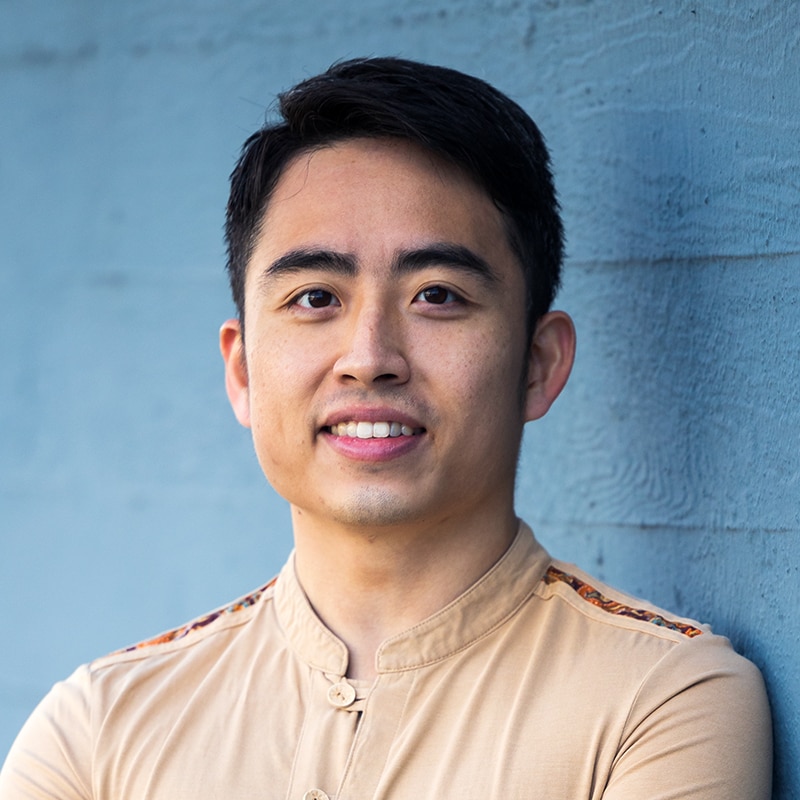
(photo courtesy of the company)
How is it that you first started taking ballet as a child?
MC: I have a sister who was going to dance class so I followed her and just sat in the back. The teacher sees there’s always a little boy sitting in the back and says, “Why don’t you join the class for free? We need some boys!” So I started taking class with my sister after school or on weekends, for a couple of years just for fun. Then in 1999 when I was 9 years old, a teacher from Beijing Dance Academy came to audition kids. If you’ve seen the movie Mao’s Last Dancer, basically it’s exactly the same story. So the teacher came to every city to audition kids, and then eventually all the kids they picked went to Beijing together for another audition. In my class, only 14 boys and 16 girls were picked, and then you start professional ballet training.

(photo courtesy of the company)
TL: My mom actually had studied Chinese folk dance as a kid and is a classically trained musician, but she had always been curious about ballet. She started doing adult ballet classes when we moved to California in 1995, and I wanted to do everything my mom did, so I started going to ballet classes, too, when I was, I think, three and a half.
I liked the social aspects of it and the dress-up aspects as a little kid, and then by the time I was seven, I was like “Ooh, I really like the challenge of this.” and started taking it pretty seriously. At eleven, I went on pointe and was like “Ooh, I really like this. Cool, I’m gonna keep going!” Probably around thirteen or fourteen was when I had to start sacrificing social time to practice, and I think I waffled a little bit on that choice, but I was like “No, this is a really cool thing to do for work. Let’s see if I can do it.”
Was ballet at all part of your own family culture?
MC: No, not at all. In my entire family nobody knows anything at all about the arts. My parents are in business, so me and my sister are the only two people in the arts.
TL: Not really. I mean, my mom did take ballet and that’s how I got into it, but my parents are both musicians, so they were more interested in the musical stuff. Both of them are like “We don’t know how you skipped the music and went to dance instead.” But they’re happy about it.
When did you first have an idea that ballet might actually be a career for you?
TL: It just so happens that the ballet school my mom picked out right at the beginning was a pretty serious ballet school. It’s the same school Misty Copeland went to so they were interested in producing professional ballet dancers. I remember seeing some of the older girls who were about to get a job so I knew that that was a potential profession in general. Then when I was about 12, my ballet teacher and I would have these annual conferences where we’d talk about the things you need to work on, the things you’re good at, whatever. And she was like “Tess, you’re really passionate and I can tell you really love ballet so much, but you don’t really have the right figure for it. As you’re going through puberty, it looks like you’re not gonna be the ideal, standard ballerina body type.”
I was devastated, and she was like “Maybe you should try modern dance. You’d still be dancing, but it’s just a little more forgiving.” And I was like “Absolutely not! Iove ballet. I’m just gonna double down.” I was basically just stubborn. I was like “I’m gonna try as hard as I can. I might not be the best at it, but whatever. If I fail [in making it a career], I can at least say I tried my best.” And that’s when I was about 12 years old.
MC: I think when I graduated, because when you’re in school everything just focuses on the training. Also, my teacher was like “You’re more fit for teaching.” And I was like “You know, after so many years training, I want to be a professional dancer, I want to perform.” Teaching is good, but I felt like being a teacher is for after you retire from the stage.
When I graduated, my sister had gotten an offer from New York University to the Contemporary Dance MFA program at that time. She asked me, “Do you still want to get your Masters at Beijing Dance Academy? Or – maybe send your materials out to companies in America and around the world, cause it’s not that hard." We’re not like normal college students who have to pass the TOEFL English test. Because we’re dance majors, we just need to show our dance. We just need to make a DVD, and send it in with a resume and photo.
So I sent my stuff off to Joffrey Ballet in Chicago and they very quickly replied “OK, we’re interested in you. You can come do training first, and then we give you a visa.” I was shocked! Because when I had the talk with my sister and made the video and got an offer, everything happened in a couple of weeks. My sister planning to go to NYU took her years. I was like “Wow, my life’s gonna be totally changed!” My brain was not 100% ready yet because it happened so fast.
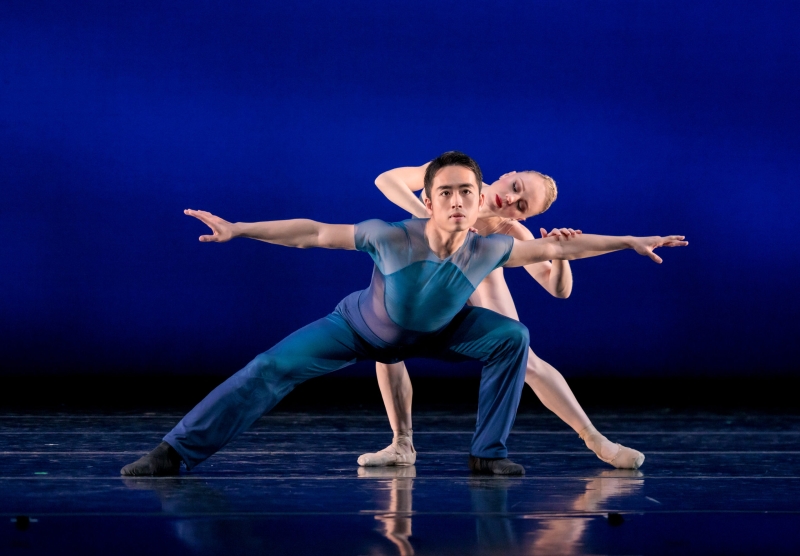
(photo by Chris Hardy)
Once you became a professional dancer, what kind of career did you imagine for yourself?
TL: That’s a good question. I really wasn’t sure. You’ve been working towards this goal forever and then you get it, and it’s like “Wait - what now?” I didn’t see beyond that moment. I was really interested in fully supporting myself as a performing ballet dancer. My first job, like my first time getting paid for ballet, instead of paying for ballet, I was 18 and I was a trainee so I was paid, but not much. It was still an accomplishment, but I was like “Okay, well now I would like to be able to really support myself with this, and also dance for a company.”
MC: I had no idea! My training was in China and I had never been to a Western country, so everything for me in America was like a black box. I chose to go to an American company because I knew that every year they have new choreographers coming to do new pieces, so you have so much more stuff to dance, not only classical ballet. Every year you will have something new to learn and something new to dance, which is very important to me because you always want to dance something fresh.
How is it that you came to dance for Smuin?
MC: Actually, when I first arrived in America, I knew nothing about Smuin ballet. My first company was Joffrey Ballet in Chicago, training for one year, and then I got an offer from Milwaukee Ballet where I danced for three seasons. Both Joffrey and Milwaukee had people come to Smuin, so I was curious. Also, the choreographer Amy Seiwert, who will be the new Smuin artistic director next season, came to Milwaukee Ballet and set her piece, Requiem, on us. So I worked with her and I’m like “Good, I like the style. It’s not classical, but it’s serious ballet.” Then I went to the Smuin website to check out the company and I’m like “Wow, I like it!” Because for me and my body, I’m not very classical. For classical ballet, first of all you need to be tall. To be the prince you need to be tall. My height, actually, that’s my weak side because I’m not tall enough. I know this, so I will never dance a major role in a classical ballet.
I’m also more into contemporary ballet because it’s more about the body movement, and Smuin Ballet does a lot of contemporary work. We’re a small company, like 16 dancers, so we don’t do big productions like Swan Lake or Nutcracker or Giselle. Which is fine because we have so many amazing choreographers coming every year to create new pieces for us. And with 16 dancers, it feels like everybody’s kind of like a principal. Everybody gets to dance a lot.
TL: The first job I had was dancing for Sacramento Ballet, and they have a lot of dancers who’ve come to Smuin and vice versa. I met John Speed Orr who was dancing for Smuin at the time and I don’t think I had ever heard of the company before, so I was like “Okay, I’ll check it out.” I went to the open audition and I remember that Amy London taught. She had learned everybody’s name in her preparation for the audition, and I was like “Omigosh, like this is so cool that I’m not one of a hundred” with a number safety-pinned to my leotard being dismissed after like tendus or something.
I actually auditioned for Smuin four times, because for a long time they didn’t have a lot of turnover. Whenever I would come and audition for them, it always seemed like the dancers were friendly and happy. [In other companies] sometimes somebody will audition with the current dancers and you can tell they’re like sizing you up, and I never felt that at Smuin. The last time I auditioned, I already had a couple of friends in the company so I felt even more comfortable.
What’s been the most challenging thing for you about maintaining a career as a ballet dancer?
TL: Um…. Age? [laughs] And honestly, income. The older I get, the more time it takes to maintain my own body, so I might spend two hours after the workday going to yoga or just stretching or rolling out or doing something else to keep myself going. And then … San Francisco’s a very expensive city. The company definitely treats us well and makes an effort to keep us healthy and like financially okay, but especially during the pandemic the arts took a hit. As I get older, I see other people my age who are financially [better off], and I’m reminded that I made this choice to do the thing I love for work instead of getting that big paycheck.
MC: I think the technique. Even though we’re a contemporary company, every morning the first thing is we’re doing ballet class. You need technique because your body is getting older and you’re not young anymore. You have to work harder and harder to maintain the muscle strength, to maintain the turnout, to maintain all the technique. I think this is the most challenging part, at least for me. You need to keep the high level because if you’re not there, you cannot finish the show, you cannot finish the dance piece, you cannot dance it.
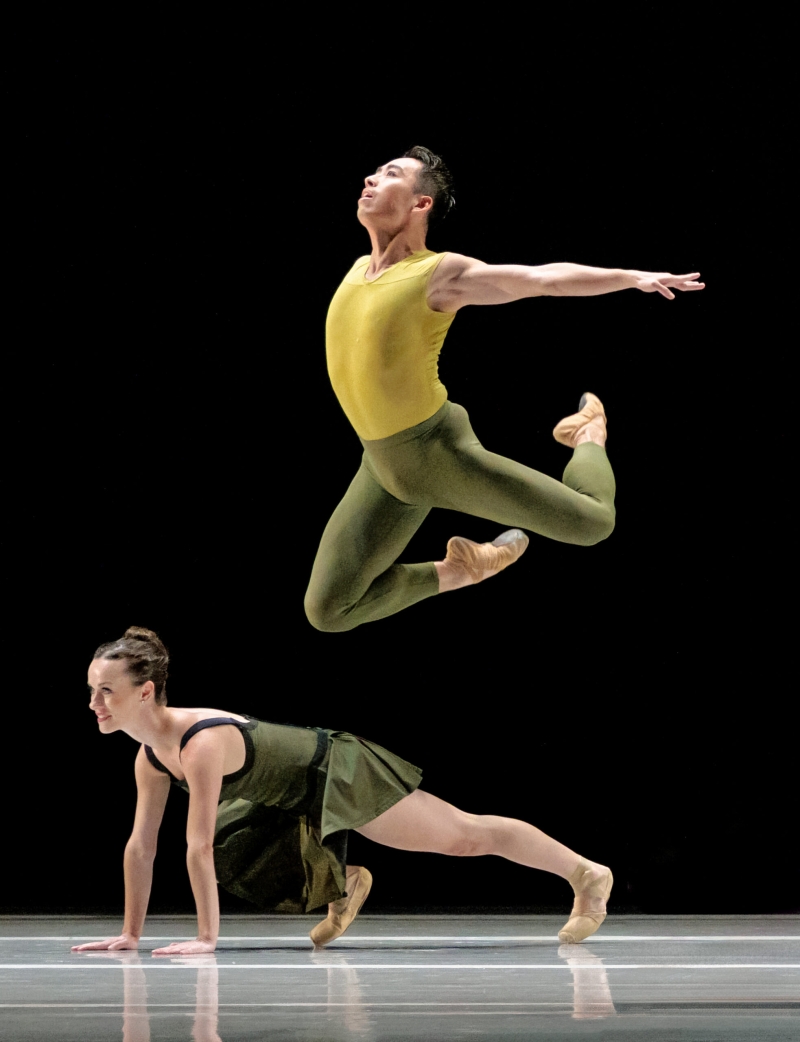
in Val Caniparoli's "Tutto Eccetto Il Lavandino"
(photo by Chris Hardy)
What for you is the best thing about being a ballet dancer?
MC: Right now I’m also teaching ballet to adults. One student is an older lady, she’s like 50-60, and she loves ballet. This lady is amazing, she will go skydiving and jump from airplanes, all those things, and she always tells me, “All these years I did all those things, but ballet is the hardest challenge!” Because it is so hard to control the body. I think this is why I’m so attracted to ballet as my career, because it’s very, very challenging.
And I love the feeling you get dancing onstage, especially when we have a new piece, a premiere. We’re showing that to the audience, and then after the show we talk to the people and they say how awesome the piece is and how awesome you guys dancing onstage are, the energy you give to the audience. I feel like that’s something that really keeps me going. Otherwise, I feel like I probably would give up this job because it’s too hard, physically as well as mentally.
TL: My favorite thing is performing. There’s nothing like it, and I’ve been wondering a lot lately why it feels so special. Is it just the adrenaline rush? Or is it the attention? I think it’s a little bit of everything, but really it’s like you’re able to create this world with your fellow dancers and the lighting designer and everybody backstage, the production crew. And because it’s a physical thing, it feels real when you’re doing it. Not to be cheesy, but it does kind of feel like magic. And I love our day-to-day. Our company is small so we’re very closeknit, and that’s not something that people in other industries necessarily get or enjoy, so it really is a special thing.
Since dancers can sometimes find it hard to talk about their own unique qualities, could you describe each other as dancers?
TL: Meng’s ballet technique is impeccable. He is a very elegant and beautiful dancer, and he can be very emotional and genuine when he performs. He’s very silly in the studio, but I think he’s able to be so silly because he has such good technique, he’s put in all the work already. He’s a sweetheart, but he can be a powerhouse, too. He can do it all.
MC: I think Tess has a very strong technique. When I see her dancing, I can feel the energy and also her artistry, the emotion she brings to the audience. This is so important because as a professional dancer you’re not only dancing the movement, you’re telling the story. For this program she’s doing a pas de deux and every time I see her dance it with Ricardo [Dyer], I feel like “Wow!” The emotion and the artistry she shows onstage and what she gives to the audience is very attractive.”
Out of all the roles you’ve danced over the years, which one felt the most like you, the most like who you really are in the world?
MC: In The Christmas Ballet, there’s a solo I dance every year called “Riu Riu Chiu” that has some character and is like a little bit spicy. When dancing that solo, I feel that is me, it’s my background, my technique. I love character dance and I will say I’m very good at it. When I dance that solo, I feel very comfortable, like “Okay, I got it!” I’ve got every step, it’s in my body, so that’s a solo where I feel like myself the most.
But I also want to mention another role, which is my favorite. We dance a piece called The Man in Black and it’s not a typical ballet. It’s four dancers - three boys, one girl - and we wear cowboy boots for the entire piece. The choreographer is James Kudelka and the music is by Johnny Cash so it’s super American. Because it’s in cowboy boots you don’t need ballet turnout, you don’t like need fifth position, anything like that. It’s more about the artistry, the emotion, like you are telling the story to the audience.
TL: My first season at Smuin I got to do a part in Trey McIntyre’s Blue Until June that was kind of a soloist woman but there’s only five or six dancers in the cast so everybody sort of had their moment. The way I saw her character, she was kind of like left alone. At the time, I had a hard time being angry, and in that one I had to be angry and I had to kind of allow that part of myself to open up. That felt really satisfying.
If you could dance any role that you haven’t had the chance to dance yet, which role comes to mind?
TL: I honestly have no idea... I want to do something new. But if you had asked me like five years ago, I would have said something by William Forsythe, or at one point I would have said I want to do Juliet in Romeo and Juliet. But now I’m more interested in being part of new creations, which we’re starting to get to do again now. So – I don’t have an answer for you. [laughs]
MC: Not a role, but can I say a choreographer? I really want to dance a Jiri Kylian piece. I’ve never danced any of his pieces and would say he’s probably the best choreographer in the world. So any, any, any role from his ballets I would say would be my dream. But – you know, it is what it is. If there’s a chance, fine. If there’s no chance, I’m still grateful for my career.
(Header image is Smuin artist Tess Lane with the company in Rex Wheeler's "Sinfonietta." Photo is by Keith Sutter.)
---
Tess Lane and Mengjun Chen are currently performing in Smuin Contemporary Ballet’s Dance Series 2 program, featuring the world premiere of Annabelle Lopez Ochoa’s Tupelo Tornado based on the music of Elvis Presley in addition to ballets by Brendan Wall, Michael Smuin and incoming Artistic Director Amy Seiwert. Upcoming performances are May 16-19 at the Mountain View Center for the Performing Arts, May 24-25 at Walnut Creek’s Lesher Center and May 30-31 at Carmel’s Sunset Center. For tickets and additional information, visit smuinballet.org.
Comments

Videos


